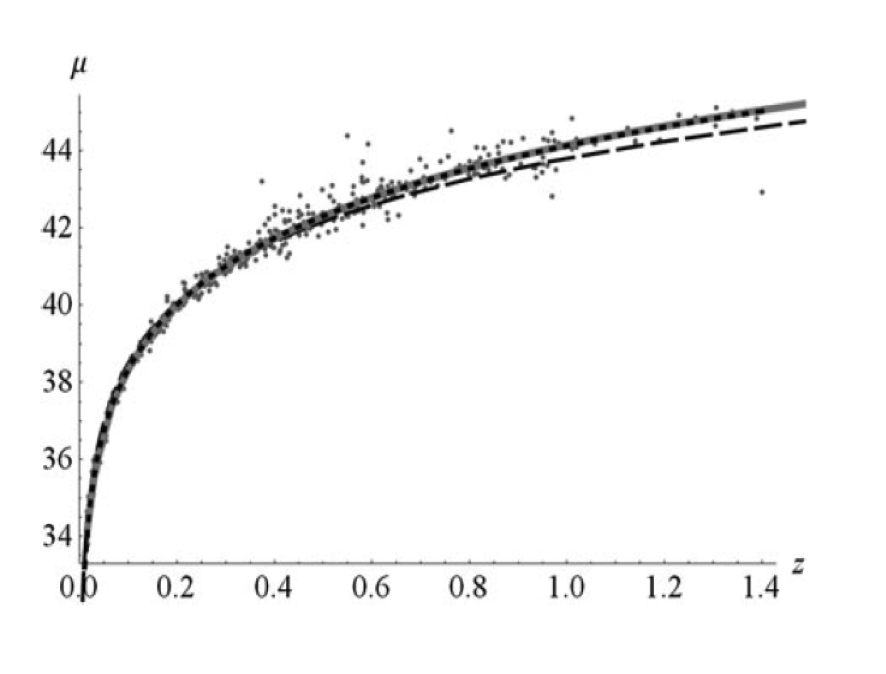 |
| Hypercube for Modified Regge Calculus (MORC) cosmology model |
I earned my PhD in physics from the University of Cincinnati in 1987. My PhD thesis was in general relativistic cosmology, which is the field I published in until 1994 and occasionally referee in to this day. In 1994, I began study of foundational physics which spawned a new interpretation of quantum physics called
Relational Blockworld (RBW). This interpretation has since led to a new approach to unification and quantum gravity, a so-called “theory X” in the foundations community. I have published papers on RBW in
Foundations of Physics (2008, 2013) and
Studies in History & Philosophy of Modern Physics (2008). RBW and theory X have been presented worldwide to include New Directions in the Foundations of Physics, American Institute of Physics (2005), Time-Symmetry in Quantum Mechanics, University of Sydney Centre for Time (2005), Endophysics, Time, Quantum and the Subjective, Bielefeld University (2005), Foundations of Probability and Physics 4, Växjö University (2006), Quantum Structures, Malta (2006), Projective Geometries, Slovak Academy of Sciences (2007), The Clock and the Quantum: Time and Quantum Foundations, Perimeter Institute (2008), The Search for Fundamental Theories, Imperial College (2010), Hiley Symposium, Helsinki (2010), Philosophy of Science Association, Montreal (2010), Retrocausality in Quantum Mechanics, University of Miami (2012), Foundations of Physics 2013, Munich Center for Mathematical Philosophy (2013).
Theory X has consequences for cosmology as shown in a paper in
Classical & Quantum Gravity (2012). Specifically, theory X suggests a modification of Regge calculus cosmology (MORC) which provides a fit of the Union2 supernova data equal to that of the reigning cosmology model ΛCDM. In contrast to ΛCDM, the MORC universe is decelerating and there is no need for dark energy. This is in direct contradiction to the citation for the 2011 Nobel Prize in Physics which reads, “
for the discovery of the accelerating expansion of the Universe through observations of distant supernovae.” An essay explaining this outcome won Honorable Mention in the Gravity Research Foundation 2012 Awards for Essays on Gravitation and was published in
International Journal of Modern Physics D (2012).
 |
| Plot of Union2 data along with the best fits for Einstein-deSitter (dashed), ΛCDM (gray), and MORC (dotted). The MORC curve is terminated at z = 1.4 in this figure so that the ΛCDM curve is visible underneath. |
I have broad intellectual interests and have taught astronomy, cosmology, philosophy of science, differential geometry, acoustics, science & religion, partial differential equations, numerical methods, and neuropsychology, as well as traditional areas of physics, e.g., introductory physics, advanced laboratory, quantum mechanics, general & special relativity, electromagnetism, and mechanics.
Additionally, I have audited sixteen of my colleagues’ courses at Elizabethtown College. In 1996, I co-taught a Junior-Senior Colloquium entitled, Exploring Worldviews: Cosmology in Philosophical, Scientific, and Theological Perspective with colleagues in philosophy and religious studies that won a prize in the Templeton Foundation’s Courses in Science and Religion Program. In 1997, I was co-director of the conference Reasons to Believe hosted by Elizabethtown College.







